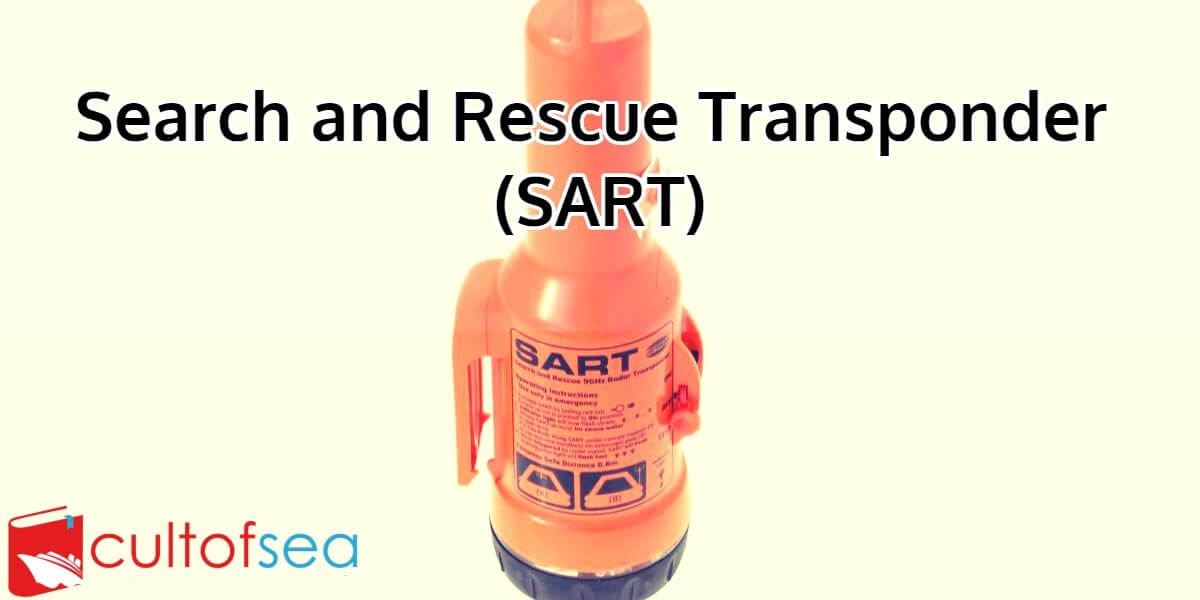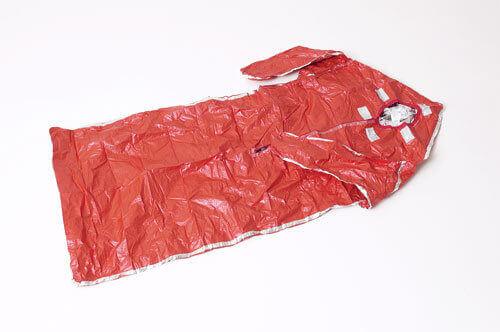Requirements All lifeboats shall be properly constructed and shall be of such form and proportions that they have ample stability in a seaway and sufficient freeboard when loaded with their full complement of persons and equipment. All lifeboats shall have rigid hulls and shall be capable of maintaining positive stability when in an upright position in calm water and loaded with their full complement of persons and equipment and holed in any one location below the waterline, assuming no loss of buoyancy material and no other damage.1. Each lifeboat shall be fitted with a certificate of … [Read more...]
What is SART – Search and Rescue Radar Transponder?
A Search and Rescue Transponder (SART) is a self-contained, waterproof transponder intended for emergency use at sea. These devices may be either a radar-SART or a GPS-based AIS-SART (automatic identification system SART).The radar-SART is used to locate a survival craft or distressed vessel by creating a series of dots on a rescuing ship's radar display. A SART will only respond to a 9 GHz X-band (3 cm wavelength) radar. It will not be seen on S-band (10 cm) or other radar. Shipboard Global Maritime Distress Safety System (GMDSS) include one or more search and rescue locating … [Read more...]
Thermal Protective Aid – Requirements as per SOLAS
TPA or Thermal Protective aid A TPA is a bag or suit made of waterproof material with low thermal conductance (thermal conductance of not more than 7,800 K⋅m2/W). Every survival craft should have 2 thermal protective aid suits or 10% of its total carrying capacity whichever is greater. The material used to make TPA is usually aluminized polyethylene suit with sealing to reduce both convective and evaporative heat loss from wearer's body. Additional Requirements for Thermal Protective AidA TPA shallbe made of a waterproof material having a thermal conductance of not more … [Read more...]


